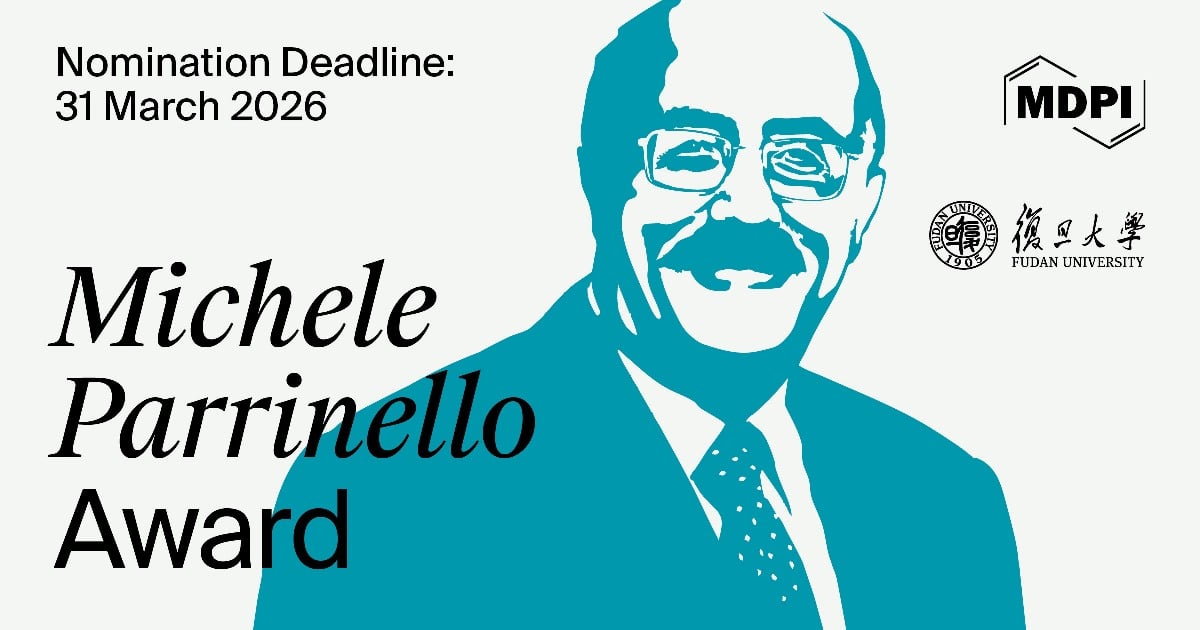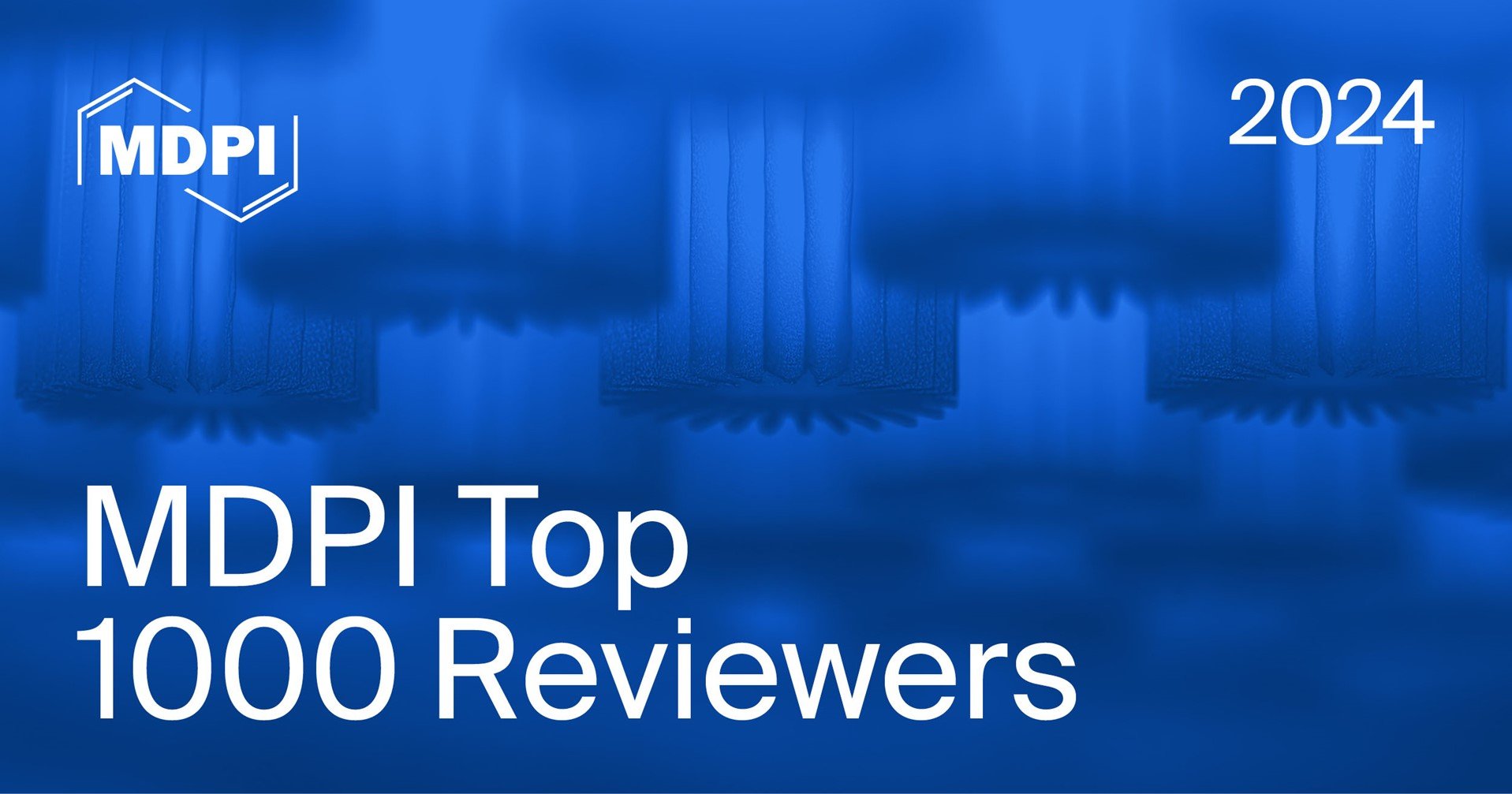Understanding the intricate relationship between composition, processing conditions, and material properties is essential for optimizing Cu-based alloys. Machine learning offers a powerful tool for decoding these complex interactions, enabling more efficient alloy design. This work introduces a comprehensive machine learning framework aimed at
[...] Read more.
Understanding the intricate relationship between composition, processing conditions, and material properties is essential for optimizing Cu-based alloys. Machine learning offers a powerful tool for decoding these complex interactions, enabling more efficient alloy design. This work introduces a comprehensive machine learning framework aimed at accurately predicting key properties such as hardness and electrical conductivity of low-alloyed Cu-based alloys. By integrating various input parameters, including chemical composition and thermo-mechanical processing parameters, the study develops and validates multiple machine learning models, including Multi-Layer Perceptron with Production-Aware Deep Architecture (MLP-PADA), Deep Feedforward Network with Multi-Regularization Framework (DFF-MRF), Feedforward Network with Self-Adaptive Optimization (FFN-SAO), and Feedforward Network with Materials Mapping (FFN-TMM). On a held-out test set, DFF-MRF achieved the best generalization (R
2_test = 0.9066; RMSE_test = 5.3644), followed by MLP-PADA (R
2_test = 0.8953; RMSE_test = 5.7080) and FFN-TMM (R
2_test = 0.8914; RMSE_test = 5.8126), with FFN-SAO slightly lower (R
2_test = 0.8709). Additionally, a computational performance analysis was conducted to evaluate inference time, memory usage, energy consumption, and batch scalability across all models. Feature importance analysis was conducted, revealing that aging temperature, Cr, and aging duration were the most influential factors for hardness. In contrast, aging duration, aging temperature, solution treatment temperature, and Cu played key roles in electrical conductivity. The results demonstrate the effectiveness of these advanced machine learning models in predicting critical material properties, offering insightful advancements for materials science research. This study introduces the first controlled, statistically validated, multi-model benchmark that integrates composition and thermo-mechanical processing with deployment-grade profiling for property prediction of low-alloyed Cu alloys.
Full article































